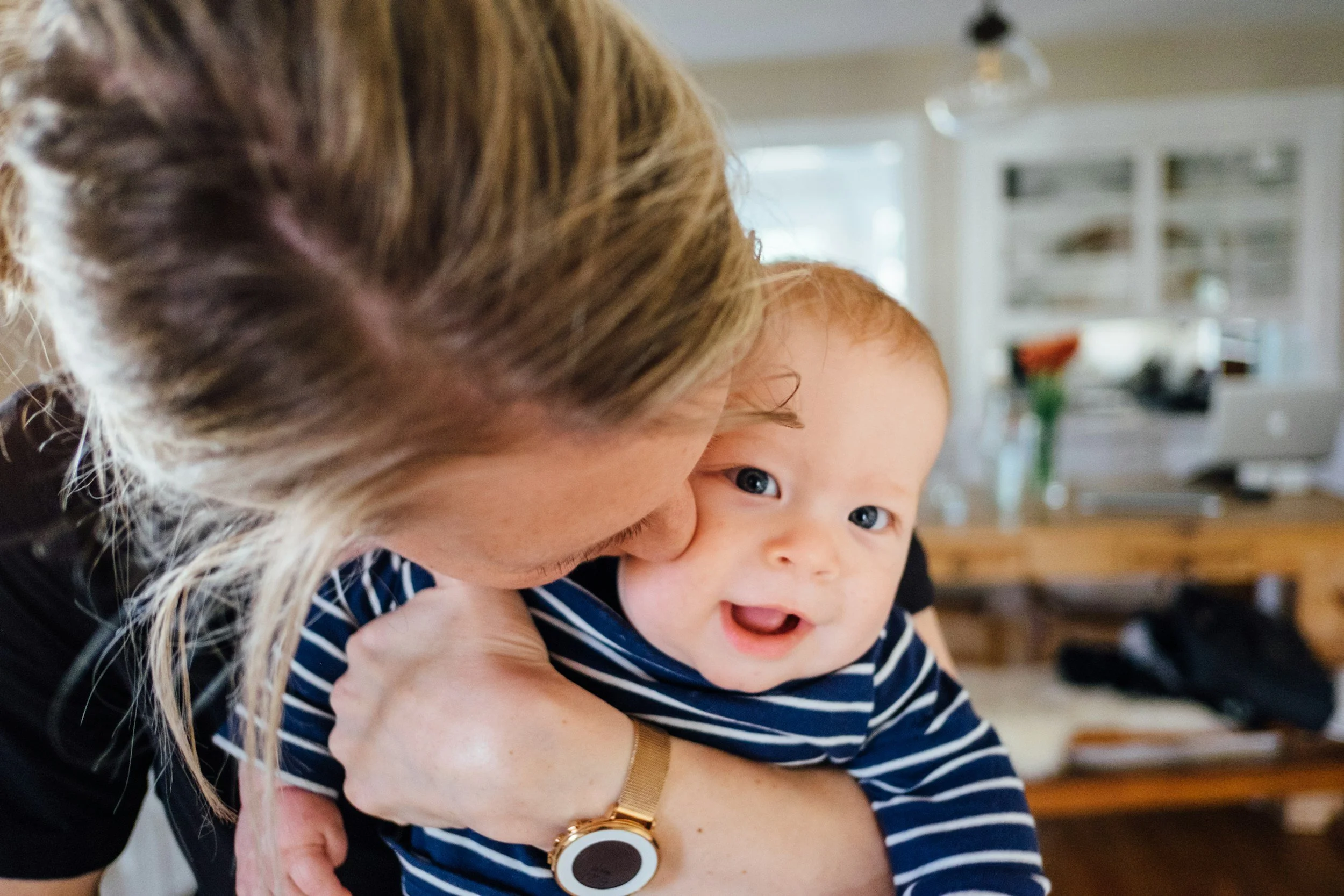Paper Review: The Stanford Marshmallow Experiment: Insights into Delayed Gratification
In the late 1960s, a now-iconic psychological study known as the Stanford Marshmallow Experiment captivated researchers and the public alike. Led by psychologist Walter Mischel at Stanford University, the experiment became a foundational reference in the study of delayed gratification our ability to resist immediate rewards in pursuit of greater, long-term gains.
This article explores the design and findings of the original experiment, the follow-up studies, critiques that have emerged over time, and the ongoing influence of this research in understanding self-control, willpower, and human development.
The Original Experiment: Delay of Gratification in Young Children
The Stanford Marshmallow Experiment was deceptively simple in its design. Conducted in the late 1960s and early 1970s, it involved children typically aged 4 to 6 who were each left alone in a room with a single treat, such as a marshmallow or cookie. The child was told they could eat the treat immediately, or if they waited for about 15 minutes without giving in to temptation, they would be rewarded with a second treat.
Hidden cameras recorded the children's strategies: some covered their eyes, sang to themselves, or turned away from the treat. Others quickly gave in. This ability to delay gratification, Mischel hypothesized, was an important predictor of future outcomes.
Early Follow-Ups: Linking Self-Control to Life Success
Mischel and his colleagues followed up with some of the participants in the 1980s and 1990s. Their findings suggested that children who had waited longer during the original test performed better in a variety of long-term measures:
Higher SAT scores and academic performance
Lower rates of substance abuse and behavioral problems
Better emotional regulation and coping strategies
Higher social competence
These early follow-ups sparked widespread interest in the idea that self-control in early childhood could predict success later in life. The Marshmallow Test became a metaphor for willpower and self-discipline, frequently referenced in education, parenting, and policy discussions.
Revisiting the Findings: Replication and Critiques
In recent years, however, the initial conclusions of the Marshmallow Experiment have been revisited and nuanced. Most notably, a 2018 study by Watts, Duncan, and Quan attempted a conceptual replication using a larger and more diverse sample.
Their findings showed that the correlation between delayed gratification and later achievement was much smaller than originally thought and largely explained by socio-economic status (SES), early cognitive ability, and family environment.
In other words, a child’s capacity to wait might reflect external support systems and environmental stability, rather than innate willpower. Children from more affluent or structured households may have had more confidence that the second marshmallow would reliably arrive.
Key Takeaway:
While early delay of gratification may still be associated with later outcomes, it is not a strong or independent predictor when other factors are accounted for.
Understanding the Mechanisms: The Hot/Cool System Framework
In a 1999 paper, Mischel and Metcalfe introduced the hot/cool-system model of self-control. According to this theory:
The "hot system" is emotional, impulsive, and reflexive. It drives us toward immediate gratification.
The "cool system" is cognitive, reflective, and helps us delay responses in favor of long-term goals.
Successful delay strategies involve activating the cool system and suppressing the hot one. Children who distracted themselves or reimagined the marshmallow as something else (e.g., a cloud or a picture) were effectively engaging their cool system to maintain self-regulation.
This model has influenced how psychologists think about willpower not as a fixed trait, but as a skill that can be developed and supported.
Neuroscience Insights: The Role of the Brain
Subsequent studies using brain imaging techniques have confirmed the biological basis of self-control. The prefrontal cortex, responsible for planning, decision-making, and impulse control, plays a central role in resisting immediate rewards.
A 2011 study by Casey et al. followed up with Marshmallow Experiment participants decades later. Those who had waited longer as children showed greater activation in brain regions associated with executive control, and less in those linked to emotional reactivity.
Broader Implications and Practical Applications
Despite critiques, the Stanford Marshmallow Experiment continues to offer valuable lessons about self-control and developmental psychology. Its influence spans multiple domains:
Education
Incorporating delay-of-gratification training into early education may help improve focus, goal-setting, and academic achievement.
Techniques such as mindfulness, distraction, and goal visualization can support the development of self-regulation skills.
Parenting and Social Policy
Interventions aimed at improving children’s environments stable routines, trust in caregivers, and consistent reward systems, can help build self-control capacity.
Clinical and Therapeutic Use
Understanding the dynamics of impulse control is crucial in treating conditions like ADHD, addiction, and eating disorders.
Simply Put
The Stanford Marshmallow Experiment made a lasting mark on the field of psychology by highlighting the concept of delayed gratification. While early interpretations may have overstated its predictive power, the core idea that self-control matters, and can be shaped by environment and experience remains robust.
It turns out that resisting the marshmallow is not just about willpower, but also about trust, context, and learned strategies. Today, psychologists continue to build on Mischel’s legacy, exploring how people can learn to delay gratification and make better long-term decisions, not just in childhood, but across the lifespan.










